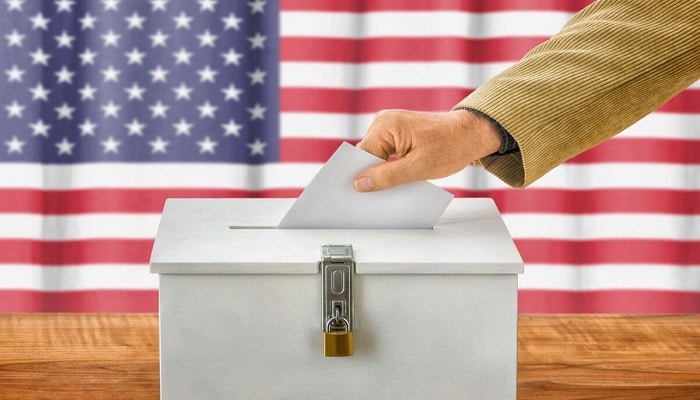PNN – The “Conversation” website pointed to the unusual structure of the presidential election in America, in which the president is not elected by the direct vote of the people, and emphasized that this has reduced the level of trust in the results of the polls.
According to the report of Pakistan News Network, quoting from “Conversation” news site, Polls conducted in “swing states” (sometimes Democratic, sometimes Republican) help to better understand the 2024 presidential election, which is scheduled to be held on November 5. However, the wrong results of polls conducted in previous elections have made it difficult to trust these polls.
In response to the question of how reliable the polls are, this report wrote: In the United States, instead of being elected directly by the people, the president is elected indirectly through the Electoral College (Electoral College), an institution registered in the country’s constitution. Each state is allocated a number of electors based on a proportion of its population and also based on the number of senators in the Senate. As a result, smaller states are awarded more representatives than their population.
One consequence of this trend is that national election polls can be inaccurate. In most states with fixed partisan majorities (either Democratic or Republican) the results are predictable. This system awards all of a state’s electoral votes to the candidate who won the popular vote in that state (with the exception of Maine and Nebraska, which use a proportional system). As a result, the most effective polls for predicting the eventual winner of an election are those conducted in “swing states,” where neither party has a consistent and predictable lead.
According to a recent analysis, there are seven swing states to focus on: Nevada, Arizona, Wisconsin, Michigan, Pennsylvania, North Carolina and Georgia. The margin of victory in these states in the 2016 and 2020 elections was very small (often less than 1 percent).
Read more:
In the upcoming elections, Kamala Harris, the Democratic candidate, and Donald Trump, the Republican candidate, have a significant distance from the 270 electoral votes needed to win the presidency, and this shows the importance of swing states with a total of 91 votes.
Poll failures in 2016 and 2020: Coincidence or systematic problems?
The report continued, referring to polling errors in the 2016 election year, and wrote: “When the margin of vote in key states is so small, accurately measuring voter turnout becomes a major challenge.” In 2016, national polls correctly predicted pre-Democratic nominee Hillary Clinton to win the popular vote. He had almost 3 million more than Trump. However, these polls failed to predict Trump’s Electoral College victories in swing states, which ultimately put him on top.
In 2020, the polls did not align with the final results. While educated voters (pro-Democrats) were underrepresented in that year’s election and undecideds (people who weren’t sure whether they would vote Republican or Democratic) were evenly split between the Joe Biden and Trump campaigns, the covid- 19 complicated the pollsters’ work.
The American Association for Public Opinion Research (AAPOR) wrote about this: In the last election, states with a higher proportion of cases of Covid-19 had the highest polling errors. As a result, pollsters underestimated Trump’s vote share in key swing states and overestimated Biden’s national lead. While Biden’s victory was achieved by a very small margin, and as a result, the 2020 polls became the least accurate polls in the last 40 years.
Americans will go to the polls on Tuesday, November 5, 2024 to elect the next president of the United States. The winner of this election will start the four-year presidential term from January 2025.

